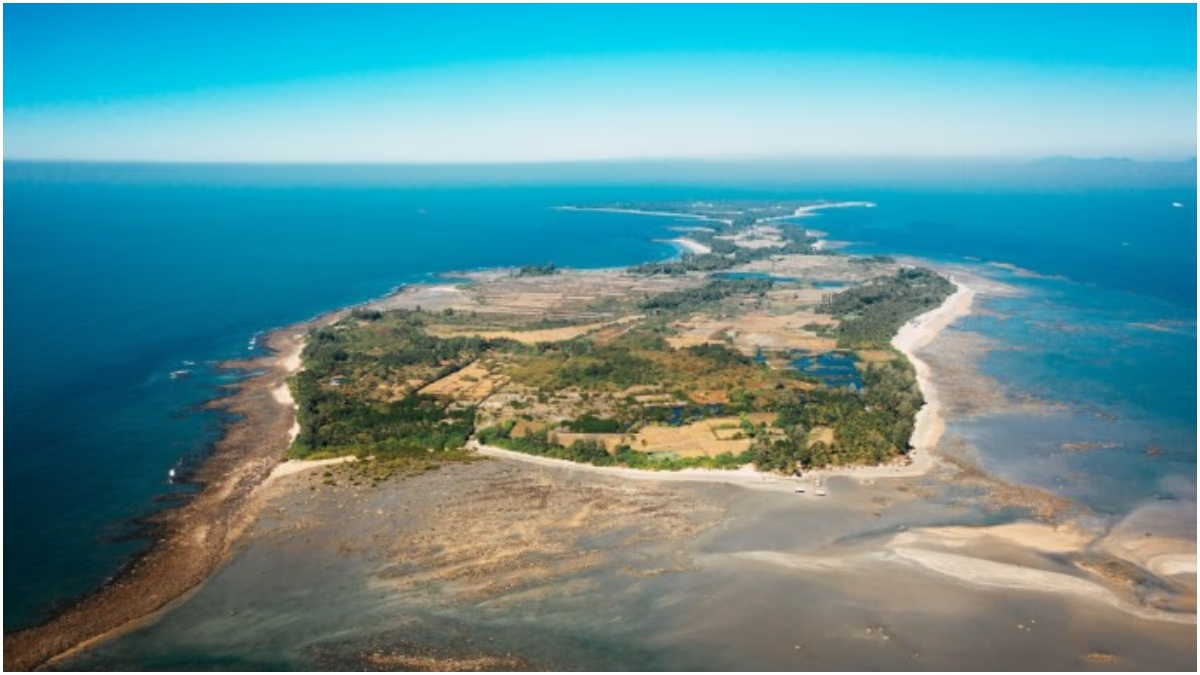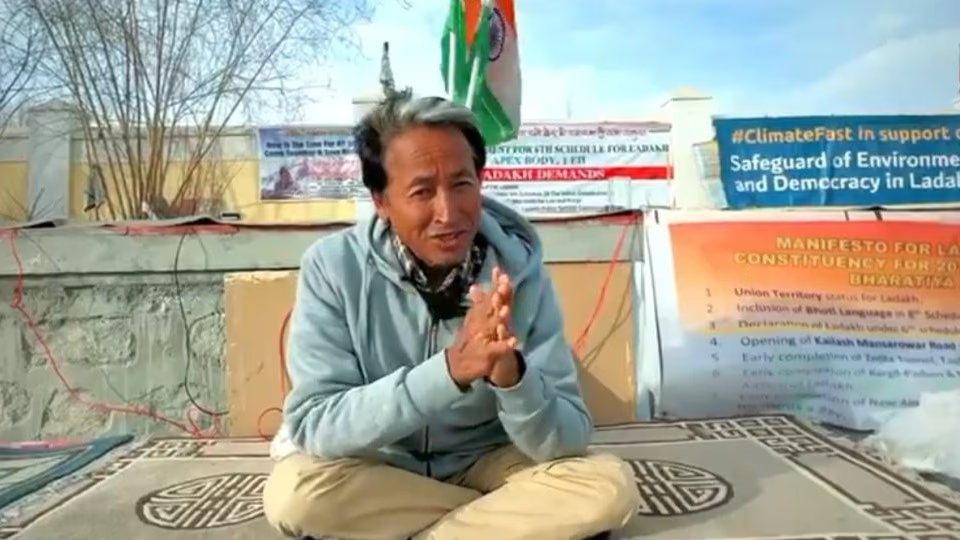Former Prime Minister of Bangladesh, Sheikh Hasina, has reacted for the first time after her government's fall, blaming the United States for creating a civil war-like situation in her country. In a message sent via close allies to the media, Hasina alleged that she was ousted from power because she refused to hand over St. Martin Island to the US. She said, 'I resigned because I did not want to see a pile of corpses. I could have remained in power if I had surrendered the island’s sovereignty to the US.' The question arises, why is the US so eager to acquire a small island located in the far-off Bay of Bengal, and what benefits would it gain?
In fact, St. Martin's Island is a small (only 3 sq km) island in the northeastern part of the Bay of Bengal, approximately 9 km south of the Cox's Bazar-Teknaf peninsula, forming the southernmost point of Bangladesh. Thousands of years ago, this island used to be an extended part of the Teknaf peninsula. Over time, part of the peninsula submerged, separating the southern tip from the mainland and forming the island. Arab traders first settled the island in the 18th century, naming it 'Jazeera.'
See Also:
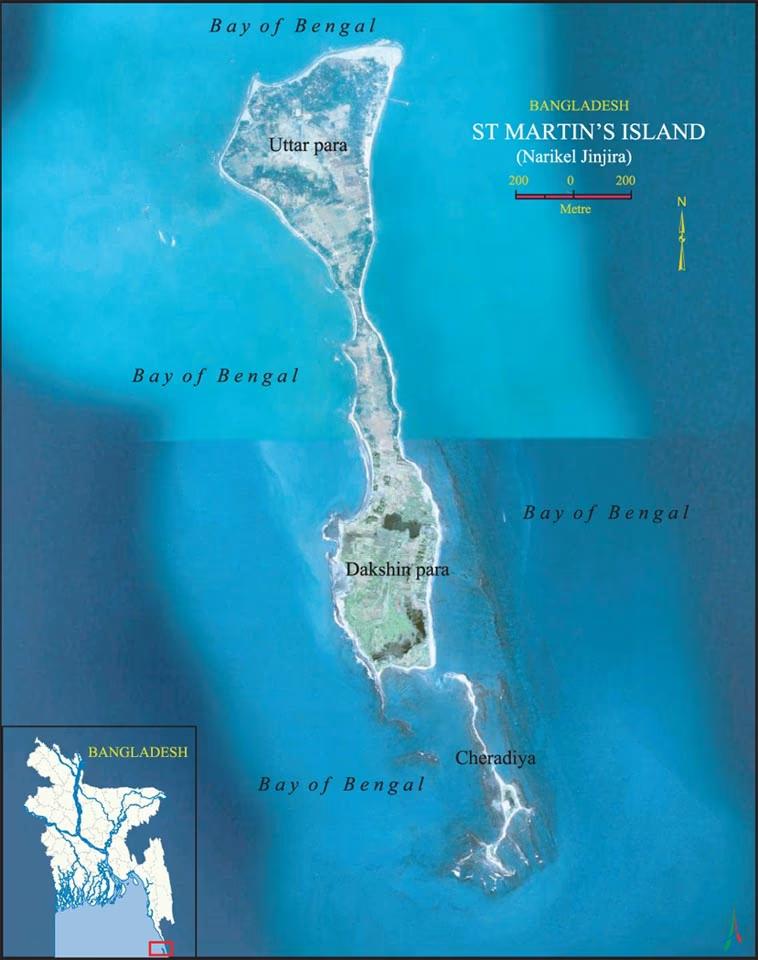
Source: aajtak
During British rule, the island was named St. Martin's Island after the then-Deputy Commissioner of Chittagong. Locally, it is known in Bengali as 'Narikel Jinjira,' meaning 'Coconut Island' in English. It is Bangladesh’s only coral island. The US seeks to acquire the 9-kilometer-long and 1.2-kilometer-wide island to establish an airbase, enhancing its dominance in the Bay of Bengal and the Indian Ocean. St. Martin's Island is crucial, not only for biodiversity, environment, fisheries, and tourism, but also from a geopolitical standpoint.
The Strategic Importance of St. Martin's Island
The unique geographic location of St. Martin's Island allows access by sea from anywhere in the world, making it an important waterway. Strategically, the island offers surveillance over the Bay of Bengal and surrounding maritime areas. This makes St. Martin's Island highly significant for Bangladesh, while South Asia ensures the balance of power in geopolitics. This region acts as a bridge between South and Southeast Asia. As a result, it is very convenient for countries to establish geopolitical relationships through trade routes.
In case of sudden conflict, establishing communication from this region would be easier. This is why powerful countries are eyeing St. Martin's Island. For these commercial and strategic reasons, both China and the US want to exert influence here. Since India is located near the Bay of Bengal, maintaining its interests is also strategically important for India. This explains why the US is interested in acquiring this island: to potentially control the entire region, including China and India.
See Also:
To put it simply, China and India are the two most powerful countries in Asia, both economically and commercially significant globally. Their influence is expected to grow further in the future. To maintain its position as the world’s power center, the US would want to control both China and India. For this, it needs a strategic location in the region, which is why it's focused on Bangladesh’s St. Martin's Island. Geopolitical experts claim that several Western nations, including the US and Britain, are conspiring to establish a Christian state involving parts of Bangladesh, Myanmar, and even some regions of India.
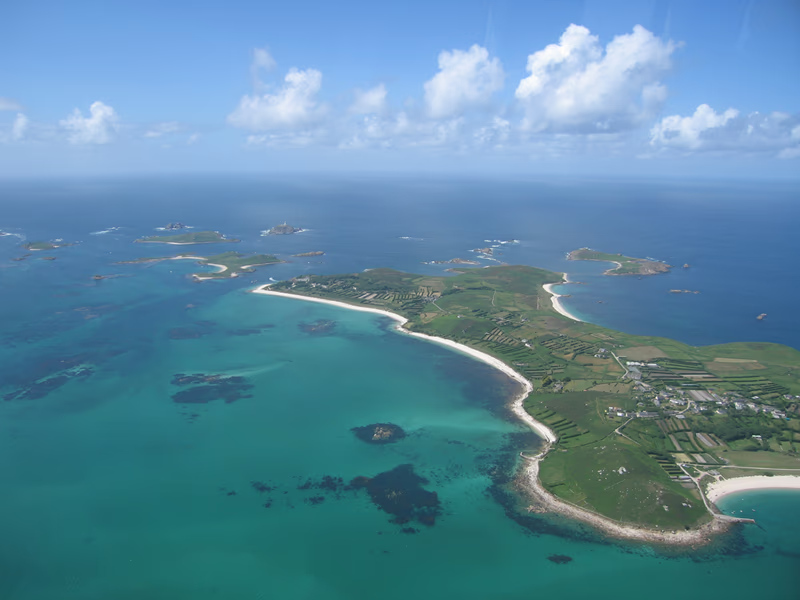
Source: aajtak
Hasina Exposes a Major Conspiracy
Sheikh Hasina had mentioned some time ago that there was a conspiracy to create a Christian state like 'East Timor' by including parts of Bangladesh and Myanmar. However, she avoided mentioning India. She also said that a white man (British) offered to ensure her victory in the general elections on January 7 if she would allow a foreign country to set up an airstrip in Bangladesh. Yet again, she didn't disclose the identity of the 'white man' or his country.
Without mentioning the name, Sheikh Hasina had said, 'Since ancient times, trade activities have taken place along the Bay of Bengal and the Indian Ocean routes. Many eyes are on this place. There is no dispute or conflict here. I will not let it happen. And this is one of my crimes.' Now, some leaders of the Awami League, close to Hasina, have also blamed the US for the regime change in Dhaka. They alleged that American diplomats pressured Sheikh Hasina to act against China. The Awami League leaders accused US Ambassador Peter Haas of siding with the Bangladesh Nationalist Party (BNP), whose term ended in July.
See Also:
St. Martin’s Island: Home to About 3700 Residents
The administrative workings on the island are managed by the St. Martin Union Parishad, which includes 9 villages/areas. The island's approximately 3,700 inhabitants mainly rely on selling fish for their livelihood. Primary crops are rice and coconut. Between October and April, fishermen from nearby regions bring their catches to the island's temporary wholesale markets. However, other food items are imported from Bangladesh and Myanmar. The center and southern parts of the island mainly consist of fields and temporary huts, while most permanent structures are in the northern part. St. Martin's Island gets cut off from the mainland (Teknaf) during the monsoon season due to dangerous conditions in the Bay of Bengal.
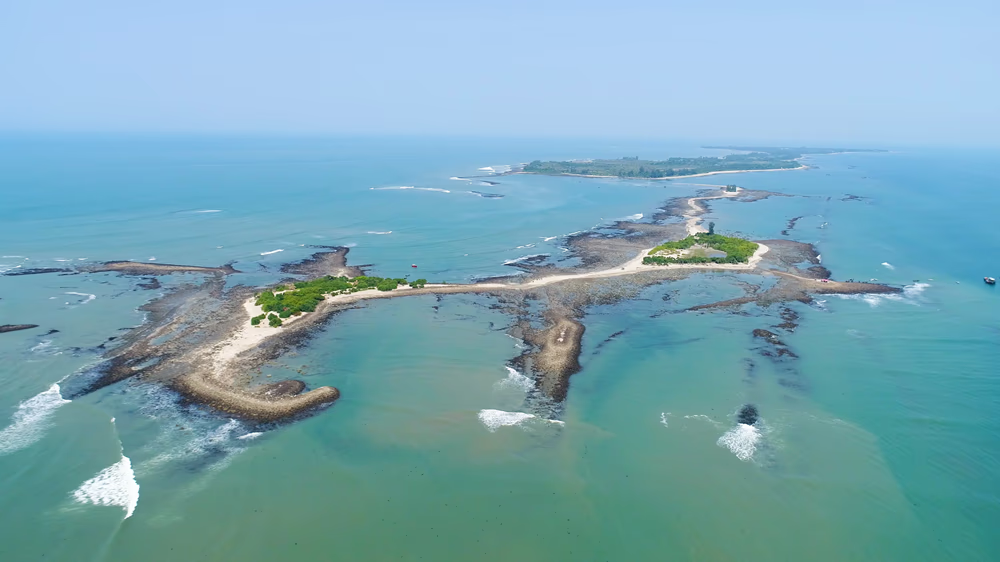
Source: aajtak
The Island Relies on Solar Energy For Electricity
The only way to reach St. Martin's Island is by sea. Boats and ferries (mostly for tourists) operate from Cox's Bazar and Teknaf. It is Bangladesh's southernmost point, located 120 km away from Cox's Bazar in the Bay of Bengal. Since a storm hit in 1991, there has been no electricity supply from the Bangladesh national grid to St. Martin's Island. Most hotels run generators until 11 PM, after which generator use is prohibited. Consequently, solar energy has become popular across the island. Motor vans or cars are not used on the island. Like West Bengal and Bangladesh, hand rickshaws are common here. Concrete roads are present on the island.
